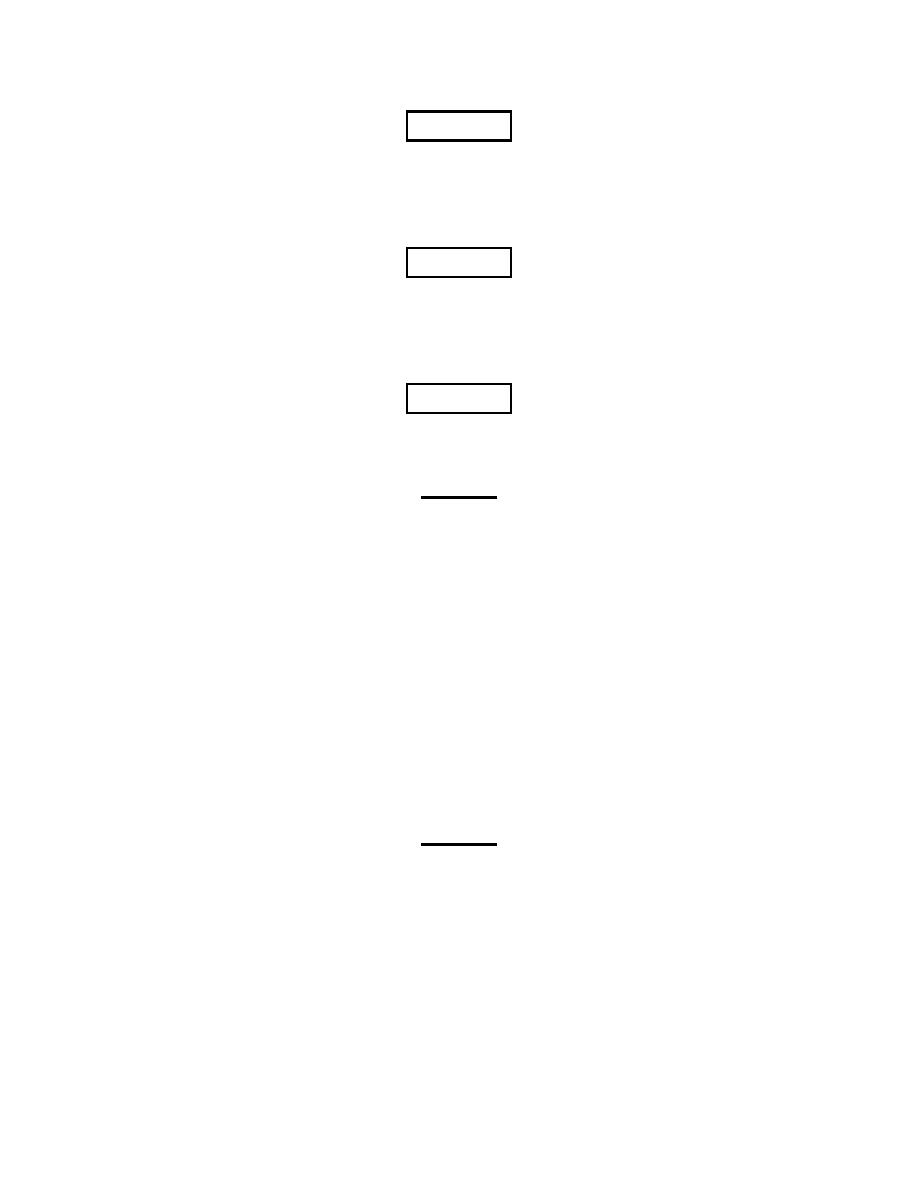
TM 5-3810-307-10
WARNING
Do not travel with an empty hook in a position where
it can swing freely. Always secure an empty hook to
the tiedown provided on the front of the crane.
WARNING
Avoid holes, rocks, extremely soft surfaces, and any
other obstacles which might subject the crane to
undue stresses or possible overturn.
WARNING
On open ground, tow or pull only on the pintle hook
or lift/tow lugs.
CAUTION
For extended travel, check the cold tire pressure prior
to start. Regardless of ambient temperature, after
every two hours of travel time, stop and allow the
tires to cool off for at least a 30-minute period. At
destination, the tires must be allowed to cool to
ambient temperature before performing any lifts with
the crane on rubber (i.e., without extending the
outriggers). The tire pressure should be 110 psi (758
kPa) when performing on rubber lifts. However,
lower tire pressures are allowed for non-craning
operations such as driving on highways and over
rough-terrain. The minimum tire pressure while
traveling at 55 mph (93 kph) is 75 psi (517.1 kPa)
while the minimum tire pressure for traveling at 10
mph (16 kph) is 50 psi (344.8 kPa).
CAUTION
Do not drive the crane with the lift cylinder bottomed.
Position the boom to just above horizontal with boom
resting on boom cradle.
5-60

